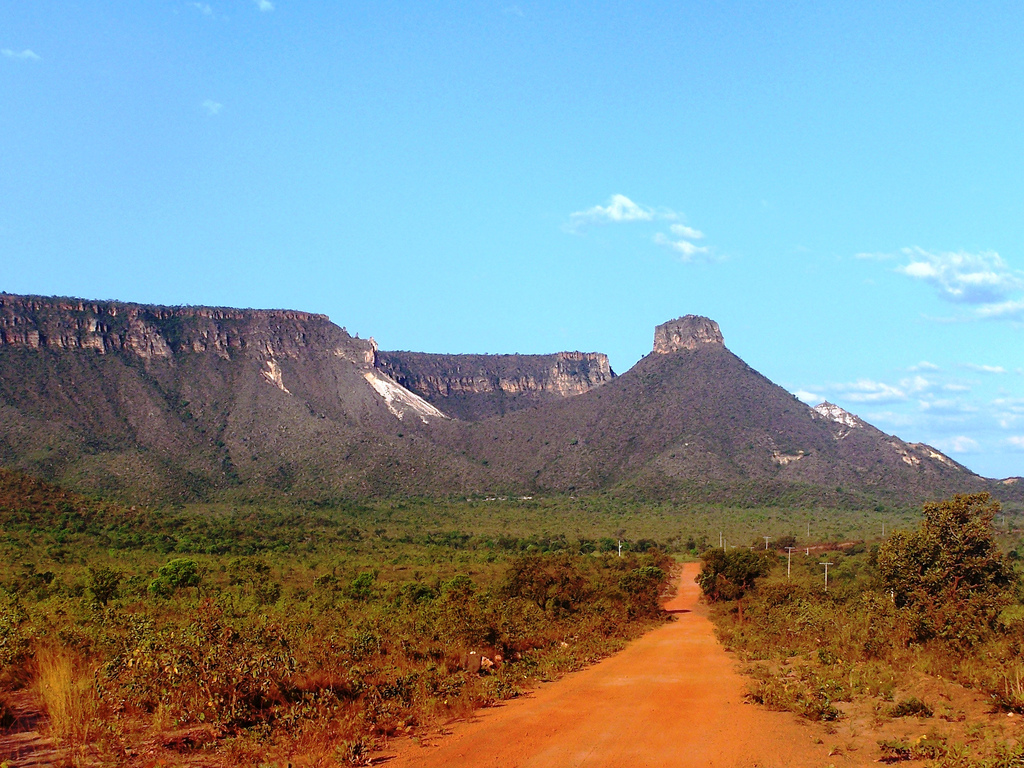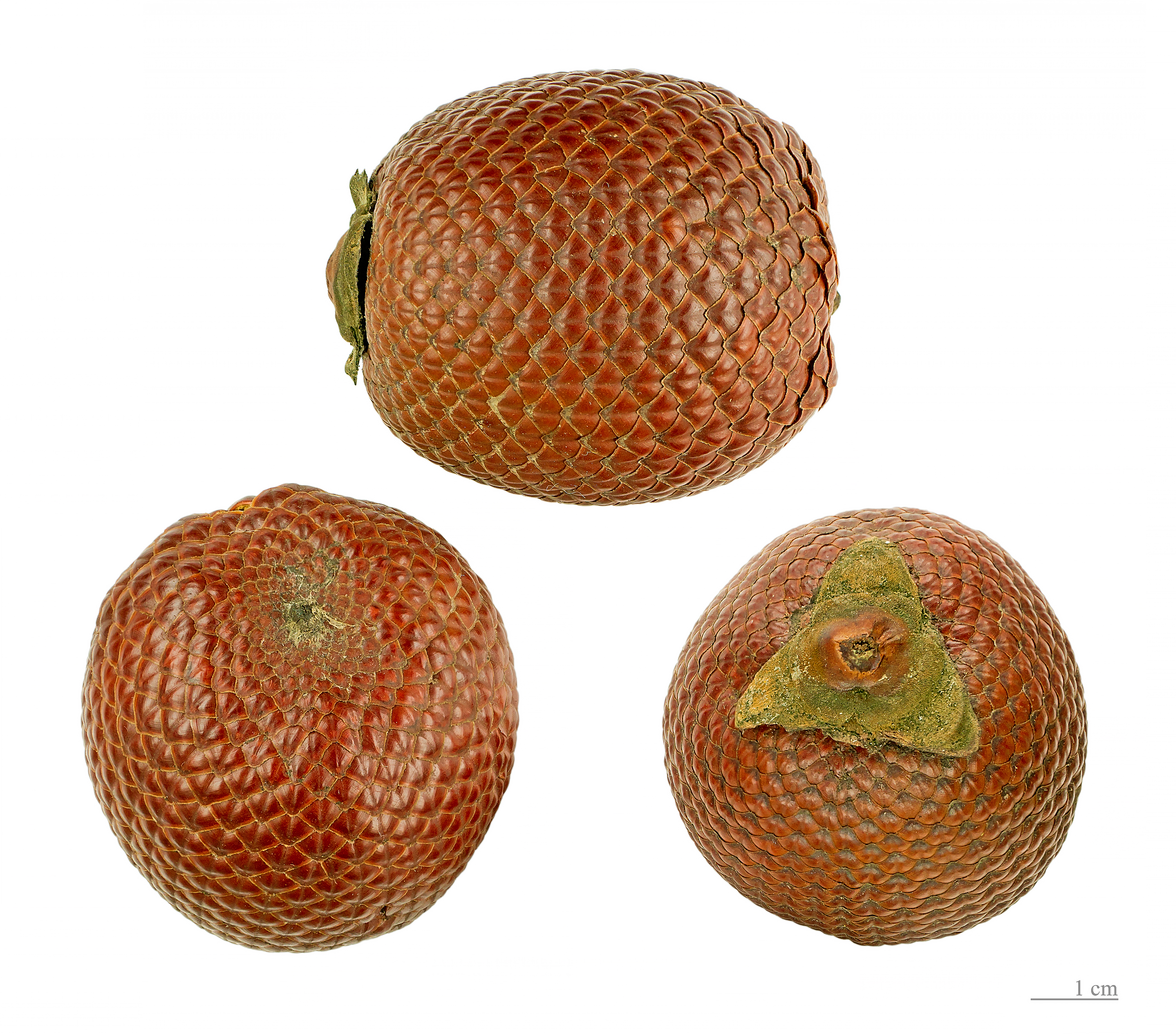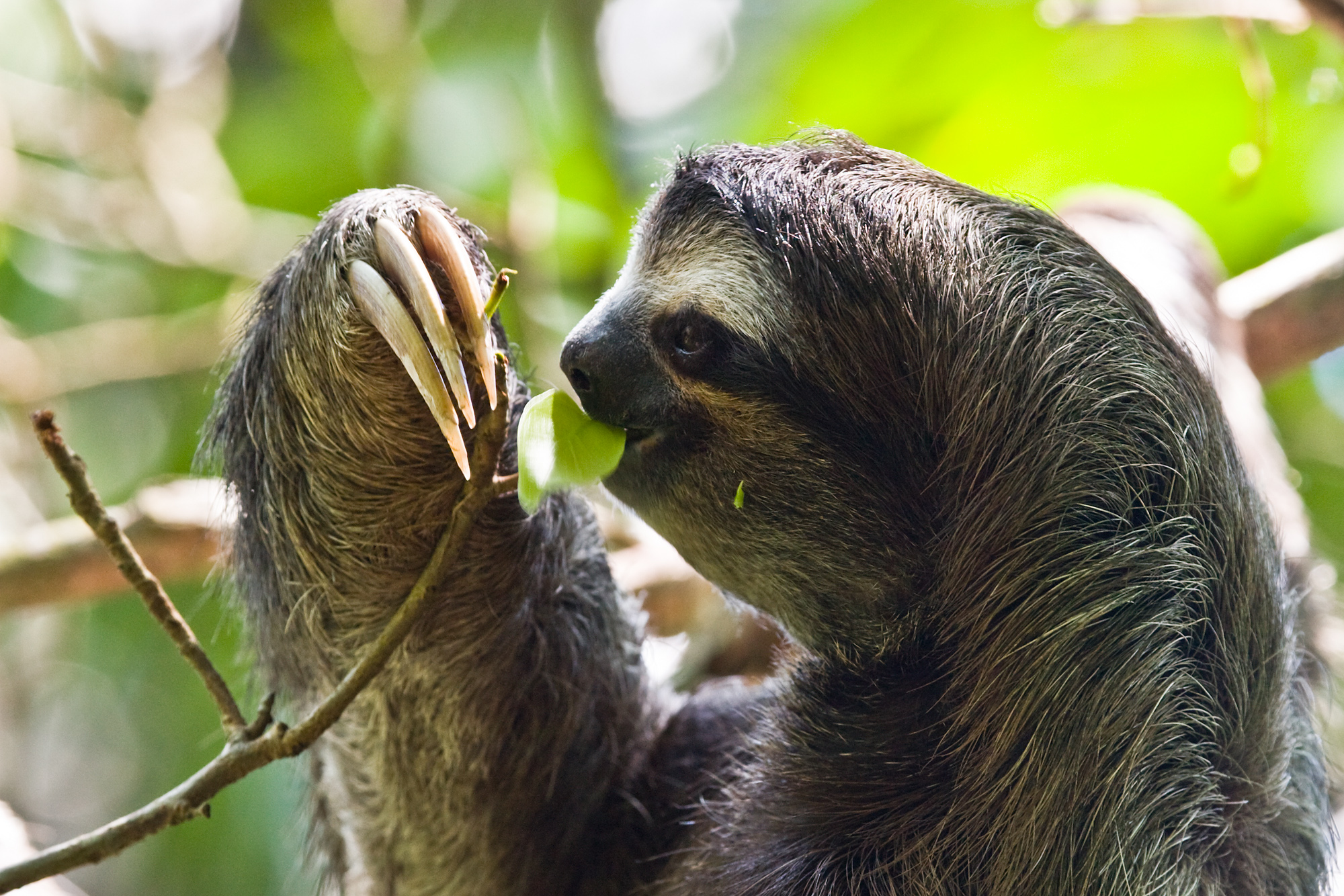|
Sumaúma State Park
The Sumaúma State Park ( pt, Parque Estadual Sumaúma) is a small state park within the city of Manaus in the state of Amazonas, Brazil. It is located in the heart of a densely populated neighbourhood, and is threatened by pollution and illegal extraction and hunting. Location The Sumaúma State Park is in the city of Manaus. It is south of Avenida Noel Nutels and east of Avenida Governador José Lindoso in the north east of the city, one of the mostly densely populated parts of the Manaus urban area. It has an area of . Two springs rise in the park and feed the Igarapé do Mindú, which runs through the city. The park contains an educational walk, a community centre, recreation area and seedling nursery. The park is decorated with statues representing animals and legendary people of the Amazon. Visitors can climb an artificial "tree of life" high. History The park was created by decree 23.721 of 5 September 2003 with an area of about . It was the result of efforts to protect ... [...More Info...] [...Related Items...] OR: [Wikipedia] [Google] [Baidu] |
Manaus
Manaus () is the capital and largest city of the Brazilian state of Amazonas. It is the seventh-largest city in Brazil, with an estimated 2020 population of 2,219,580 distributed over a land area of about . Located at the east center of the state, the city is the center of the Manaus metropolitan area and the largest metropolitan area in the North Region of Brazil by urban landmass. It is situated near the confluence of the Negro and Solimões rivers. It is the only city in the Amazon Rainforest with a population over 1 million people. The city was founded in 1669 as the Fort of São José do Rio Negro. It was elevated to a town in 1832 with the name of "Manaus", an altered spelling of the indigenous Manaós peoples, and legally transformed into a city on October 24, 1848, with the name of ''Cidade da Barra do Rio Negro'', Portuguese for "The City of the Margins of the Black River". On September 4, 1856, it returned to its original name. Manaus is located in the center of ... [...More Info...] [...Related Items...] OR: [Wikipedia] [Google] [Baidu] |
State Park (Brazil)
A state park ( pt, Parque Estadual) in Brazil is a legally defined type of protected area operated by one of the states. Their goal is to preserve important or beautiful natural ecosystems. Public access is allowed subject to regulations defined by the responsible agency. Definition State parks fall under the same regulations as national parks, defined by law 9.985 of July 2000. The park's basic objective is preservation of natural ecosystems of great ecological relevance and scenic beauty. This enables the conduct of scientific research and the development of educational activities and environmental interpretation, recreation in contact with nature and eco tourism. The park is publicly owned, and private areas included in its limits will be expropriated when it is established. Public visitation is subject to the rules and restrictions set out in Unit Management Plan, rules established by the body responsible for its administration, and those provided for by regulation. Scientific ... [...More Info...] [...Related Items...] OR: [Wikipedia] [Google] [Baidu] |
Amazonas (Brazilian State)
Amazonas () is a state of Brazil, located in the North Region in the northwestern corner of the country. It is the largest Brazilian state by area and the 9th largest country subdivision in the world, and the largest in South America, being greater than the areas of Uruguay, Paraguay, and Chile combined. Mostly located in the Southern Hemisphere, it is the third largest country subdivision in the Southern Hemisphere after the Australian states of Western Australia and Queensland. Entirely in the Western Hemisphere, it is the fourth largest in the Western Hemisphere after Greenland, Nunavut and Alaska. It would be the sixteenth largest country in land area, slightly larger than Mongolia. Neighbouring states are (from the north clockwise) Roraima, Pará, Mato Grosso, Rondônia, and Acre. It also borders the nations of Peru, Colombia and Venezuela. This includes the Departments of Amazonas, Vaupés and Guainía in Colombia, as well as the Amazonas state in Venezuela, and ... [...More Info...] [...Related Items...] OR: [Wikipedia] [Google] [Baidu] |
Bairro
A ''bairro'' () is a Portuguese language, Portuguese word for a Quarter (urban subdivision), quarter or a neighborhood or, sometimes, a district which is within a city or town. It is commonly used in Portugal, Brazil, Mozambique, Guinea-Bissau, and other Portuguese-speaking places. ''Bairro'' is cognate with Germanic ''berg'', ''burg'', ''borg'', ''burgh'', ''borough'' etc., and Spanish ''barrio'', all of which descend from the same Proto-Indo-European language, Proto-Indo European root. In Brazil, the word is frequently applied to urban areas in cities, in which the ''bairros'' are generally defined only unofficially and have rough borders, without any official administrative function. In some cities, however, the ''bairros'' have defined territorial limits set by the municipal government, but most follow popular definition by its citizens. In Portugal, the word is used with the same meaning as in Brazil, defining a non administrative urban area, frequently without clear border ... [...More Info...] [...Related Items...] OR: [Wikipedia] [Google] [Baidu] |
Central Amazon Ecological Corridor
The Central Amazon Ecological Corridor ( pt, Corredor Ecológico Central da Amazônia) is an ecological corridor in the state of Amazonas, Brazil, that connects a number of conservation units in the Amazon rainforest. The objective is to maintain genetic connectivity between the protected areas without penalizing the local people, where possible using participatory planning that involves all affected actors. Location The Central Amazon Ecological Corridor connects a number of conservation units in the central Amazon region with a combined area of . The corridor covers parts of the Solimões and Negro river basins, mostly in the state of Amazonas but with a small portion in the state of Pará. The main urban centers in the corridor are the cities of Manaus, Manacapuru and Tefé. If indigenous territories are included, over 70% of the corridor was contained in protected areas in 2005. The corridor is of great ecological importance. It includes parts of several major rivers wi ... [...More Info...] [...Related Items...] OR: [Wikipedia] [Google] [Baidu] |
Ceiba Pentandra
''Ceiba pentandra'' is a tropical tree of the order Malvales and the family Malvaceae (previously emplaced in the family Bombacaceae), native to Mexico, Central America and the Caribbean, northern South America, and (as the variety ''C. pentandra'' var ''guineensis'') West Africa. A somewhat smaller variety was introduced to South and Southeast Asia, where it is cultivated. The tree and the cotton-like fluff obtained from its seed pods are commonly known in English as kapok, a Malay-derived name which originally applied to ''Bombax ceiba'', a native of tropical Asia. In Spanish-speaking countries the tree is commonly known as "ceiba" and in French-speaking countries as fromager. The tree is cultivated for its cottonlike seed fibre, particularly in south-east Asia, and is also known as the Java cotton, Java kapok, silk-cotton or samauma. Characteristics The tree grows to as confirmed by climbing and tape drop with reports of Kapoks up to . These very large trees are in the N ... [...More Info...] [...Related Items...] OR: [Wikipedia] [Google] [Baidu] |
Mauritia Flexuosa
''Mauritia flexuosa'', known as the moriche palm, ''ité'' palm, ''ita'', ''buriti'', ''muriti'', ''miriti'' (Brazil), ''canangucho'' (Colombia), ''acho'' (Ecuador), or ''aguaje'' (Peru), is a Arecaceae, palm tree. It grows in and near swamps and other wet areas in tropical South America. ''Mauritia flexuosa'', a tree, can reach up to in height. The large leaves form a rounded crown. The flowers are yellowish and appear from December to April. The fruit, which grows from December to June, is a chestnut color and is covered with shiny scales. The yellow flesh covers a hard, oval nut. The seeds float, and this is the means by which the palm tree propagates. In natural populations, the tree reaches very high densities. Fruit Moriche palm fruit ("morete" in the Oriente (Ecuador), Oriente of Ecuador) is edible and used to make juice, jam, ice cream, a fermented "wine", desserts and snacks, requiring harvesting of more than 50 tonnes per day in Peru. The inflorescence buds are eaten ... [...More Info...] [...Related Items...] OR: [Wikipedia] [Google] [Baidu] |
Pied Tamarin
The pied tamarin (''Saguinus bicolor''), sometimes referred to as the Brazilian bare-faced tamarin, is a Critically Endangered primate species found in a restricted area of the Brazilian Amazon Rainforest. It was named the mascot of Manaus, Brazil in 2005. The species is endangered due to the increasing size of the city of Manaus which is encroaching on their native habitat. Distribution and habitat A New World monkey, it is found at the city limits of Manaus, the capital of the Amazonas state of Brazil and up to 35 km to the north and 100 km to the east. The main distribution is in the rio Cuieiras and rio Preto da Eva interfluvium. Pied tamarins are also found in the adjacent rio Preto da Eva and rio Urubu interfluvium, but are comparatively rare. There appears to be interspecific competition between the pied tamarin and the red-handed tamarin with the red-handed tamarin gradually displacing the pied tamarin from areas of its historical distribution. Therefore th ... [...More Info...] [...Related Items...] OR: [Wikipedia] [Google] [Baidu] |
Brown-throated Sloth
The brown-throated sloth (''Bradypus variegatus'') is a species of three-toed sloth found in the Neotropical realm of Central and South America. It is the most common of the four species of three-toed sloth, and is found in the forests of South and Central America. Description The brown-throated sloth is of similar size and build to most other species of three-toed sloths, with both males and females being in total body length. The tail is relatively short, only long. Adults weigh from , with no significant size difference between males and females. Each foot has three fingers, ending in long, curved claws, which are long on the fore feet, and on the hind feet. The head is rounded, with a blunt nose and inconspicuous ears. As with other sloths, the brown-throated sloth has no incisor or canine teeth, and the cheek teeth are simple and peg-like. They have no gall bladder, cecum, or appendix. The brown-throated sloth has grayish-brown to beige-color fur over the body, wit ... [...More Info...] [...Related Items...] OR: [Wikipedia] [Google] [Baidu] |
Red-rumped Agouti
The red-rumped agouti (''Dasyprocta leporina''), also known as the golden-rumped agouti, orange-rumped agouti or Brazilian agouti, is a species of agouti from the family Dasyproctidae. Distribution It is native to northeastern South America, where found in Venezuela, Guyana, Suriname, French Guiana, northeastern Brazil, Trinidad and Tobago and Saint Lucia in the Caribbean. It has also been introduced to the U.S. Virgin Islands, Grenada, and Dominica. Names Despite the alternative name Brazilian agouti, it is neither the only nor the most widespread species of agouti in Brazil. In Brazil all agoutis are often called "cutia" . Habitat It is found in a wide range of forests, including rainforest and secondary forest. Description Red-rumped agoutis weigh about . They are about long. The females are larger than males but otherwise look similar. They are brownish with darker spots on the upper body. The fur becomes more orange as it goes past (going down) the middle area of t ... [...More Info...] [...Related Items...] OR: [Wikipedia] [Google] [Baidu] |
2003 Establishments In Brazil
3 (three) is a number, numeral and digit. It is the natural number following 2 and preceding 4, and is the smallest odd prime number and the only prime preceding a square number. It has religious or cultural significance in many societies. Evolution of the Arabic digit The use of three lines to denote the number 3 occurred in many writing systems, including some (like Roman and Chinese numerals) that are still in use. That was also the original representation of 3 in the Brahmic (Indian) numerical notation, its earliest forms aligned vertically. However, during the Gupta Empire the sign was modified by the addition of a curve on each line. The Nāgarī script rotated the lines clockwise, so they appeared horizontally, and ended each line with a short downward stroke on the right. In cursive script, the three strokes were eventually connected to form a glyph resembling a with an additional stroke at the bottom: ३. The Indian digits spread to the Caliphate in ... [...More Info...] [...Related Items...] OR: [Wikipedia] [Google] [Baidu] |
.jpg)

.jpg)


